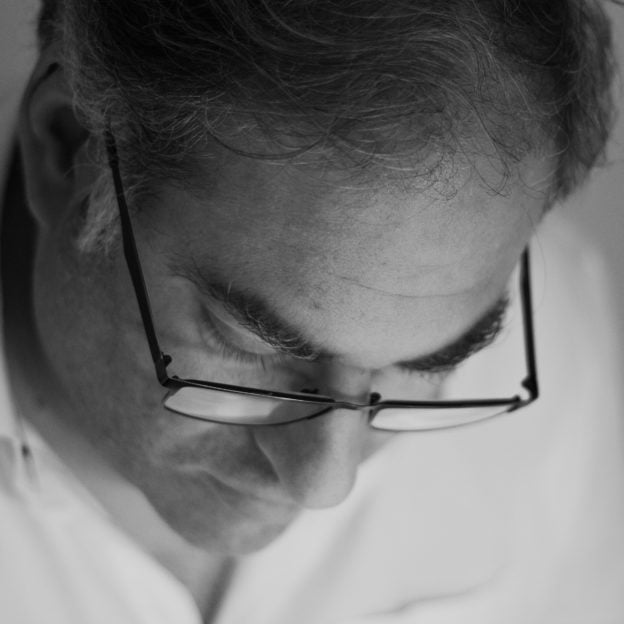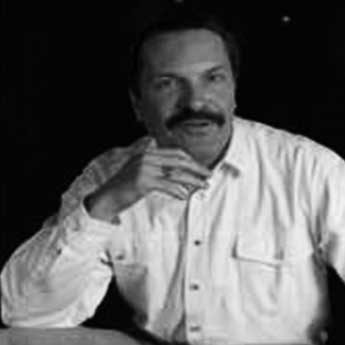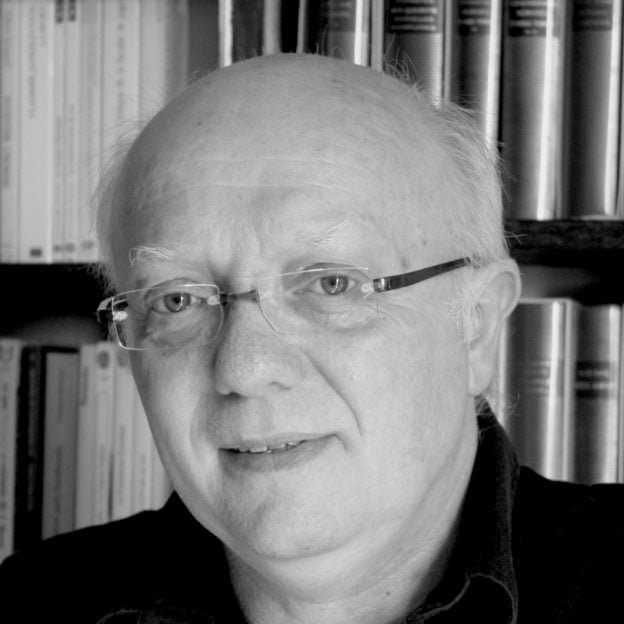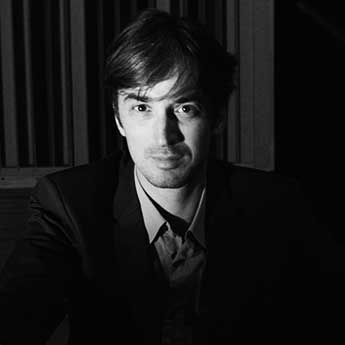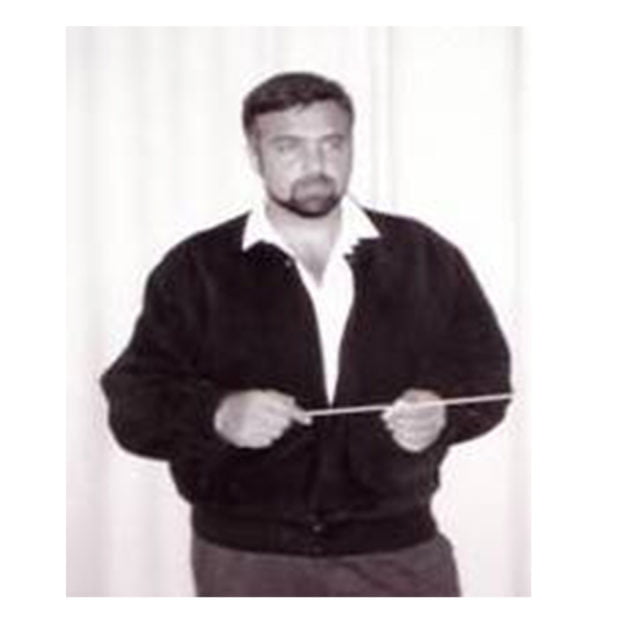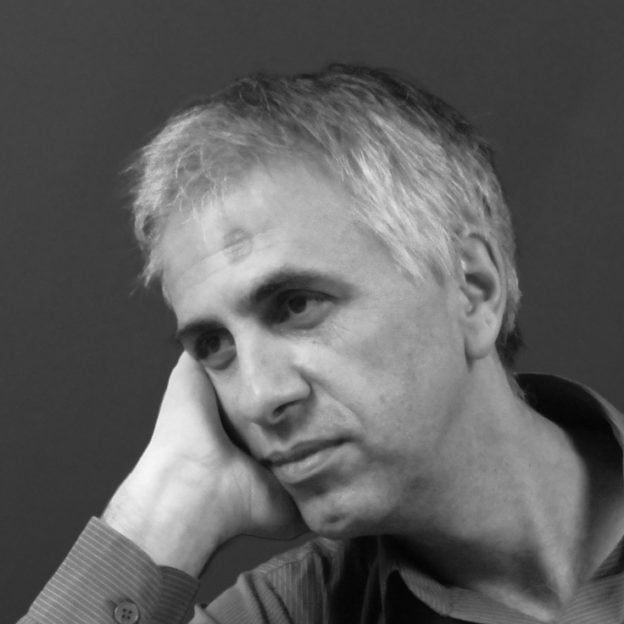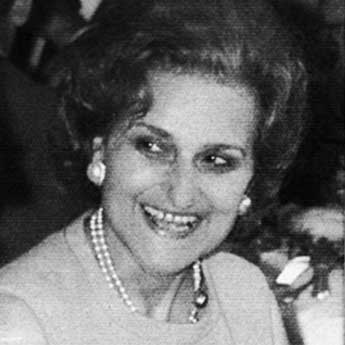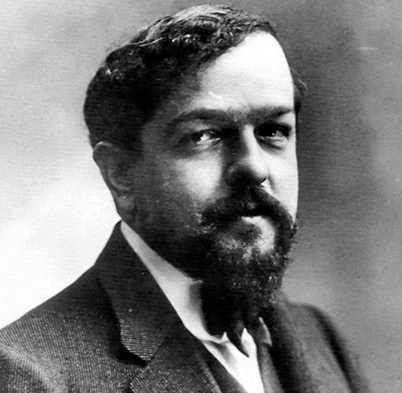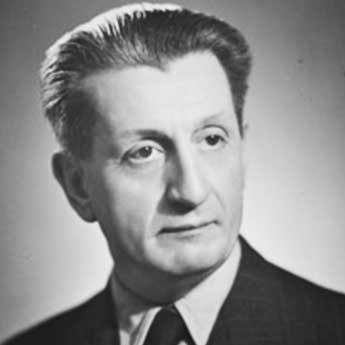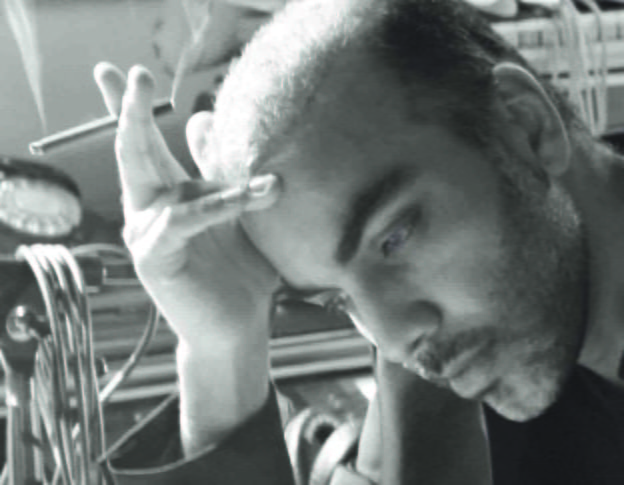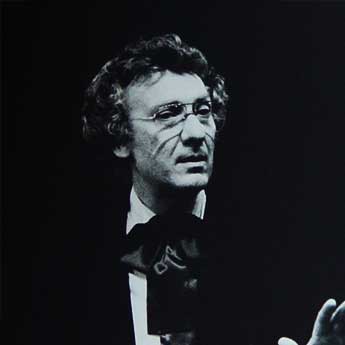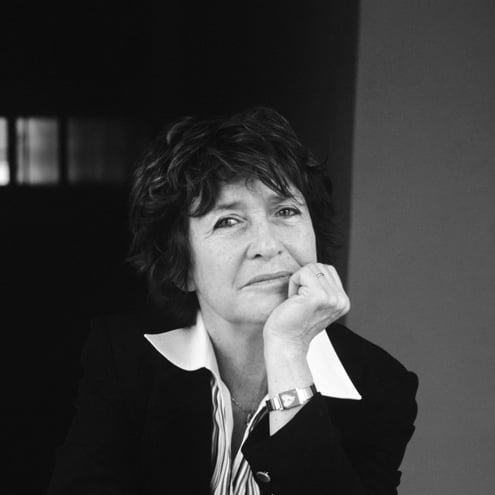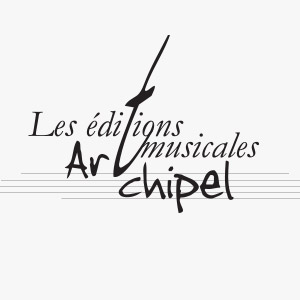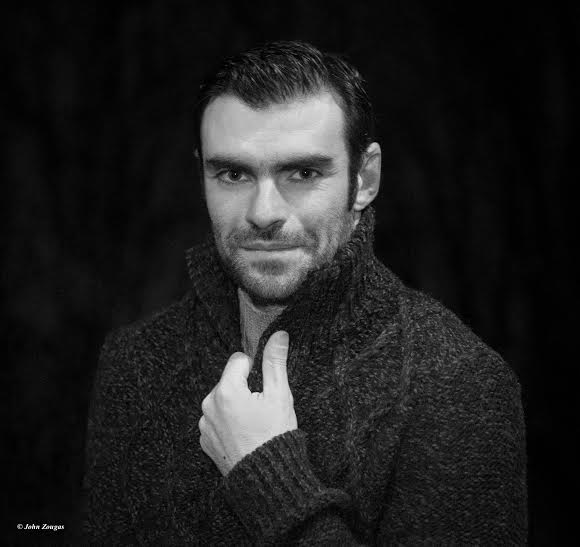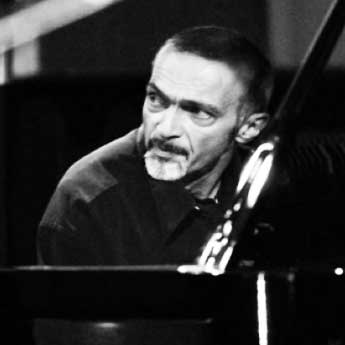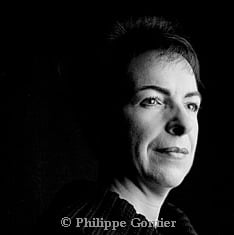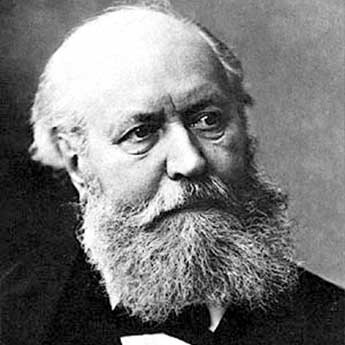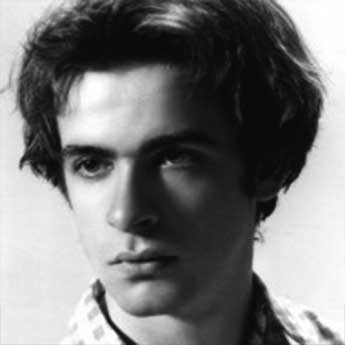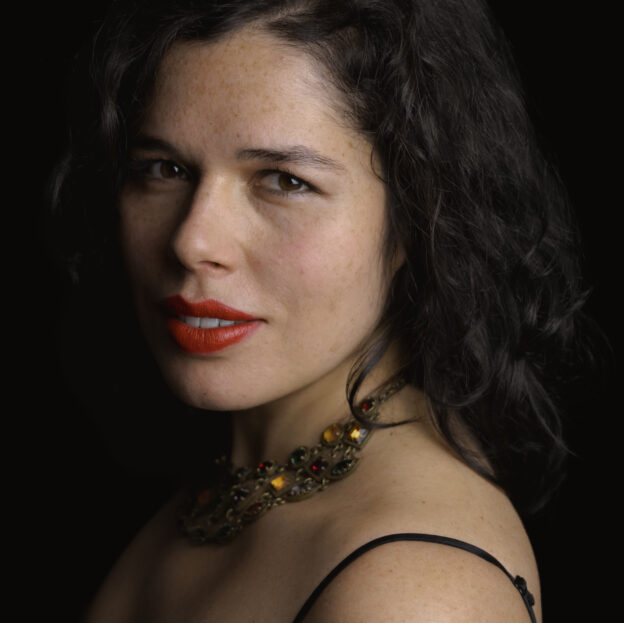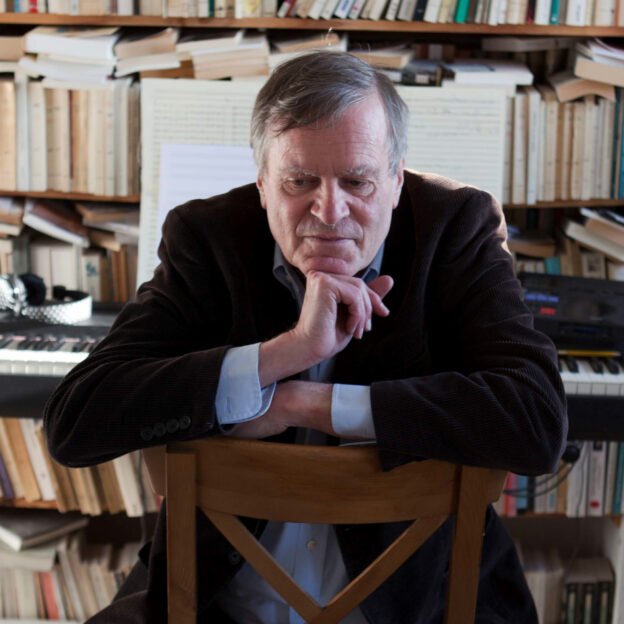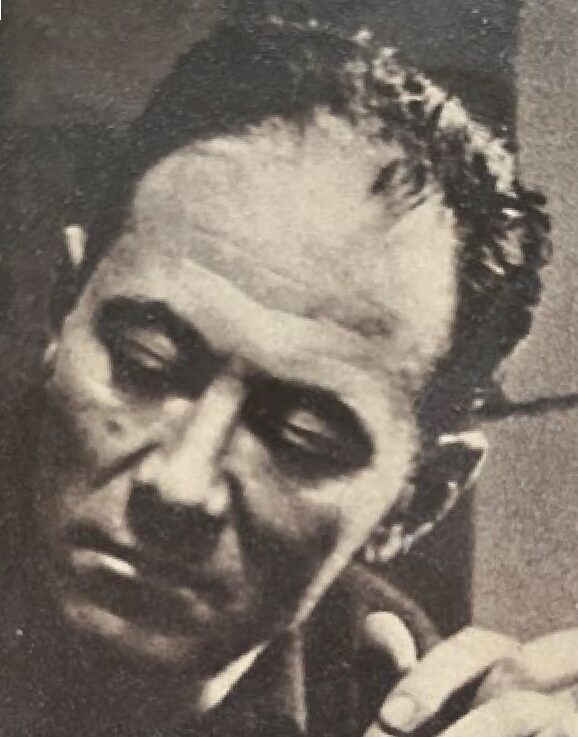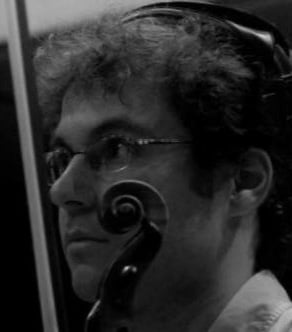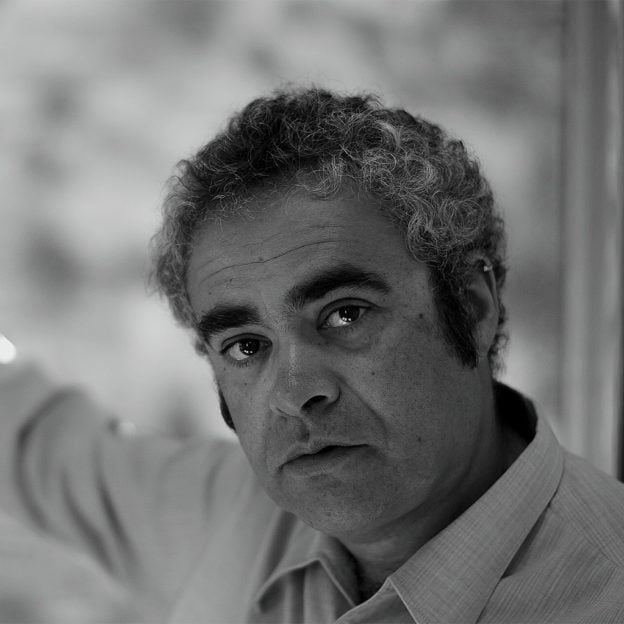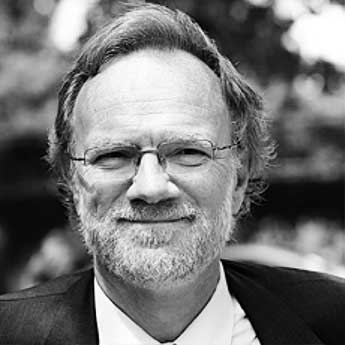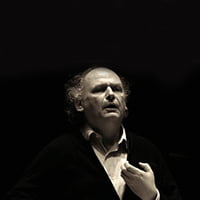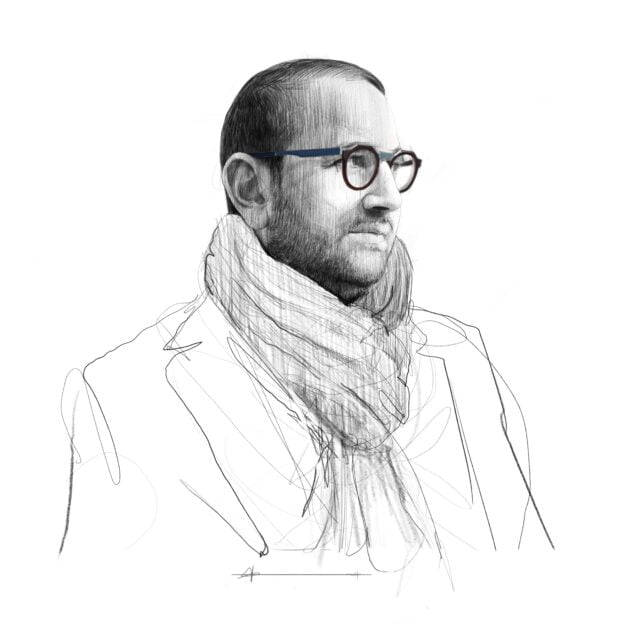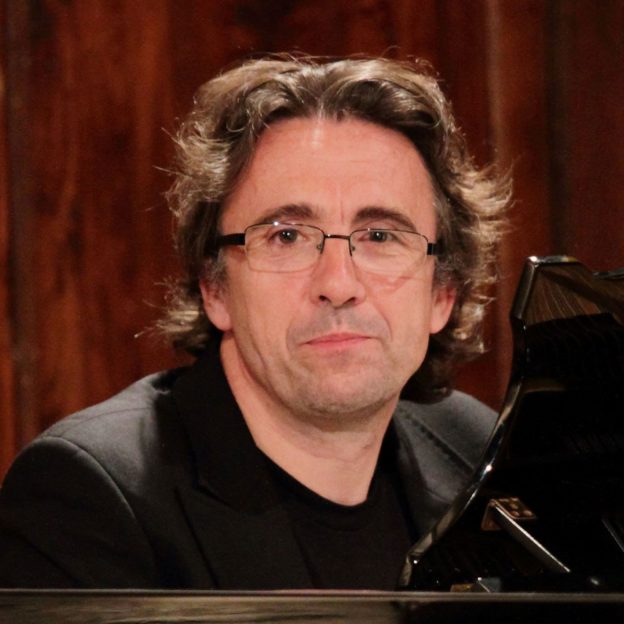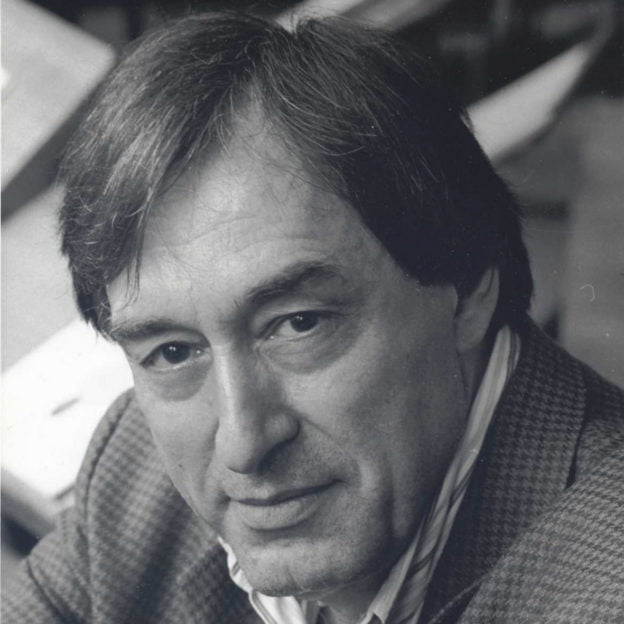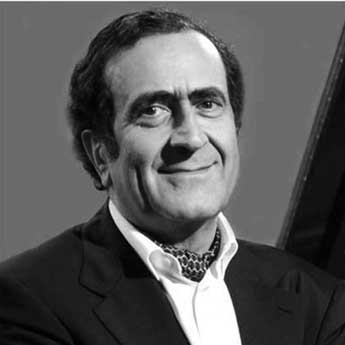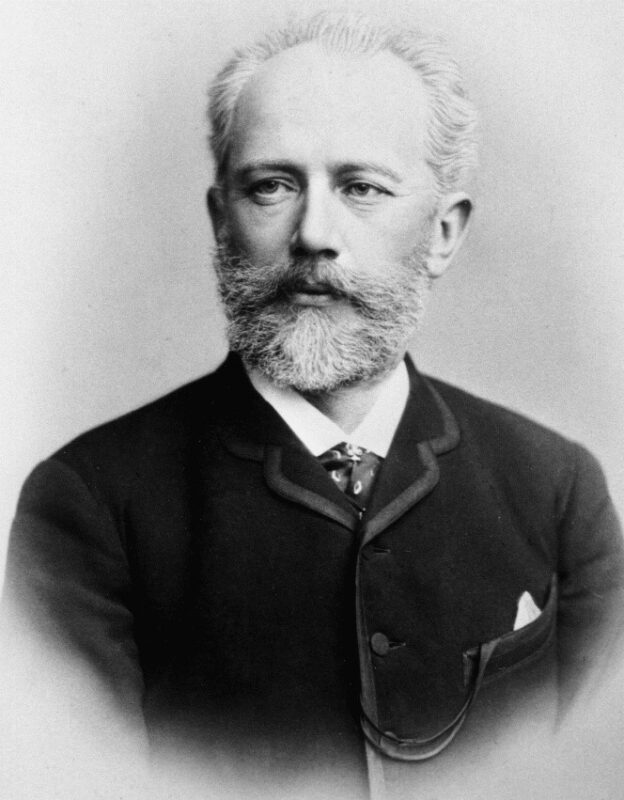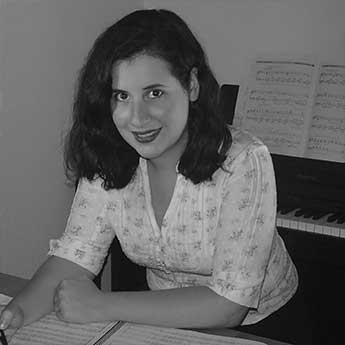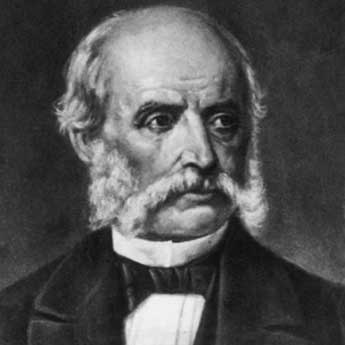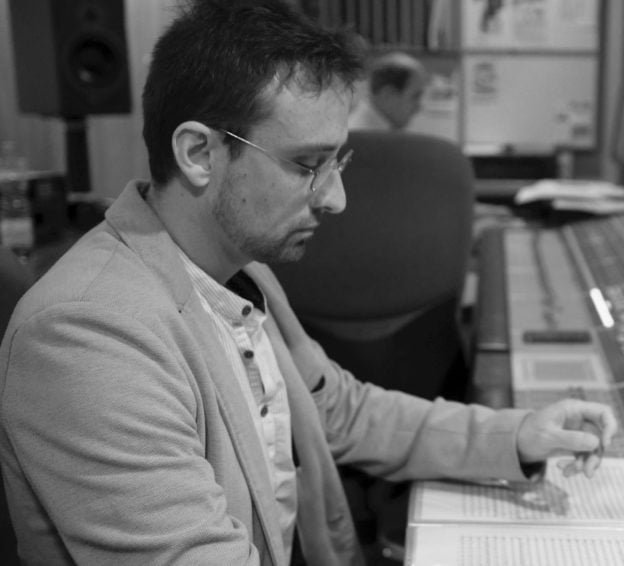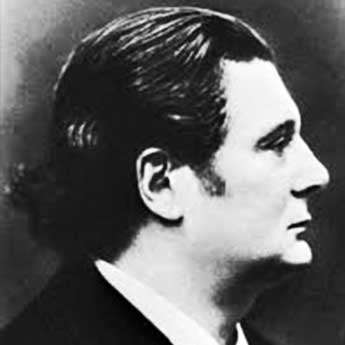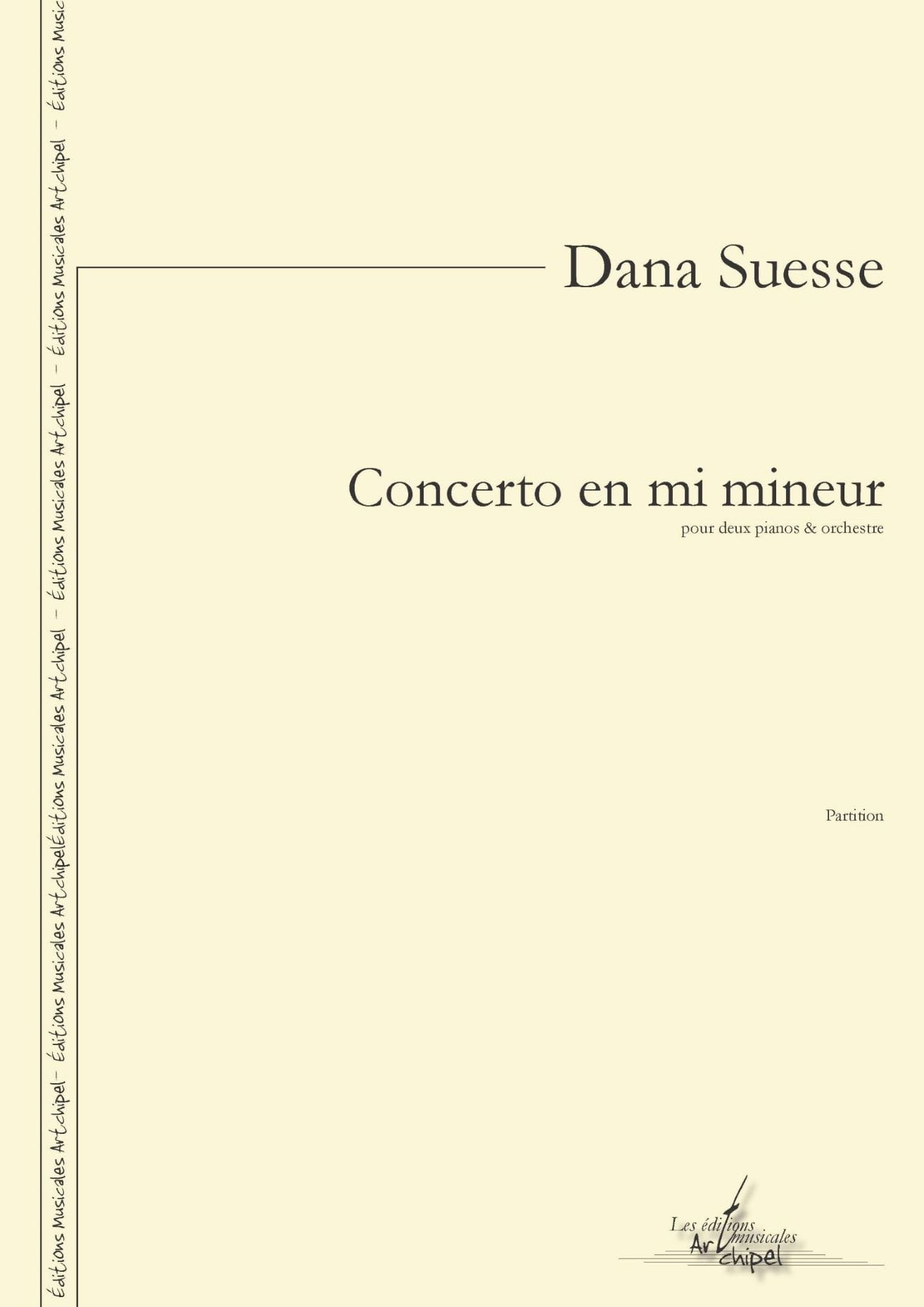Concerto en mi mineur
0,00 €
Dana Suesse’s Concerto in E minor for Two Pianos was begun in 1934 and completed in 1941. On October 25, 1942, Dana wrote to her mother, “My day Saturday was quite exciting. I went to see Ethel Bartlett and Rae Robertson, the two-piano team I told you about, and they listened attentively to the Concerto. In fact they listened through it twice. I played it once straight through then a second time with one of them one each side of me reading the score as I went along. They expressed themselves as being ‘crazy’ about it and they think it is just perfect for their repertoire. In other words, it looks as if I ‘am in’ at last and will get a really important première for it.”
The first performance of Concerto in E minor for Two Pianos & Orchestra was given in the Cincinnati (Ohio) Music Hall on December 10, 1943. Eugene Goossens (1893-1962) conducted the Cincinnati Symphony Orchestra, with pianists Ethel Bartlett (1896-1978) and Rae Robertson (1893-1956), whom Dana first heard at a party given by Vera Brodsky in 1933. Of English and Scottish descent respectively, Bartlett
and Robertson formed a husband-and-wife piano duo of international renown, and were very popular in the 30s and 40s. For this 1943 premiere, conductor Eugene Goossens wrote the program notes on Suesse’s concerto.
We quote: “The work is in four movements and the introductory Allegro is based on two clearly stated and contrasted themes in the strings. Towards the end of this movement a fugue (based on the introductory theme and a later episode) takes the place of the traditional solo cadenza. The slow movement is an atmospheric piece of simple construction, while the third movement, a Scherzo, creates a toccata-like effect and contains many deft touches of orchestral color. The Finale consists of a brief recapitulation, with variations, of some of the material in the first and second movements. The work is scored for two flutes, oboe, two clarinets, English horn, bassoon, four horns, three trumpets, three trombones, vibraphone, harp, percussions, and the usual strings.”
The Publisher
Additional information
| Support | Papier |
|---|
